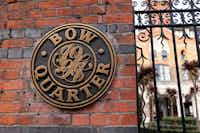
History
From the mid 19th century to more than three-quarters of the way through the 20th, Fairfield Works was the site of the famous Bryant and May match-making operation. At the turn of both the 19th and the 20th centuries the factory, known as Fairfield Works, was London's largest factory. The site acquired by William Bryant and Francis May in 1861 had once been used for the manufacture of candles, crinoline and rope but had fallen into disrepair.
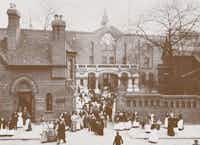
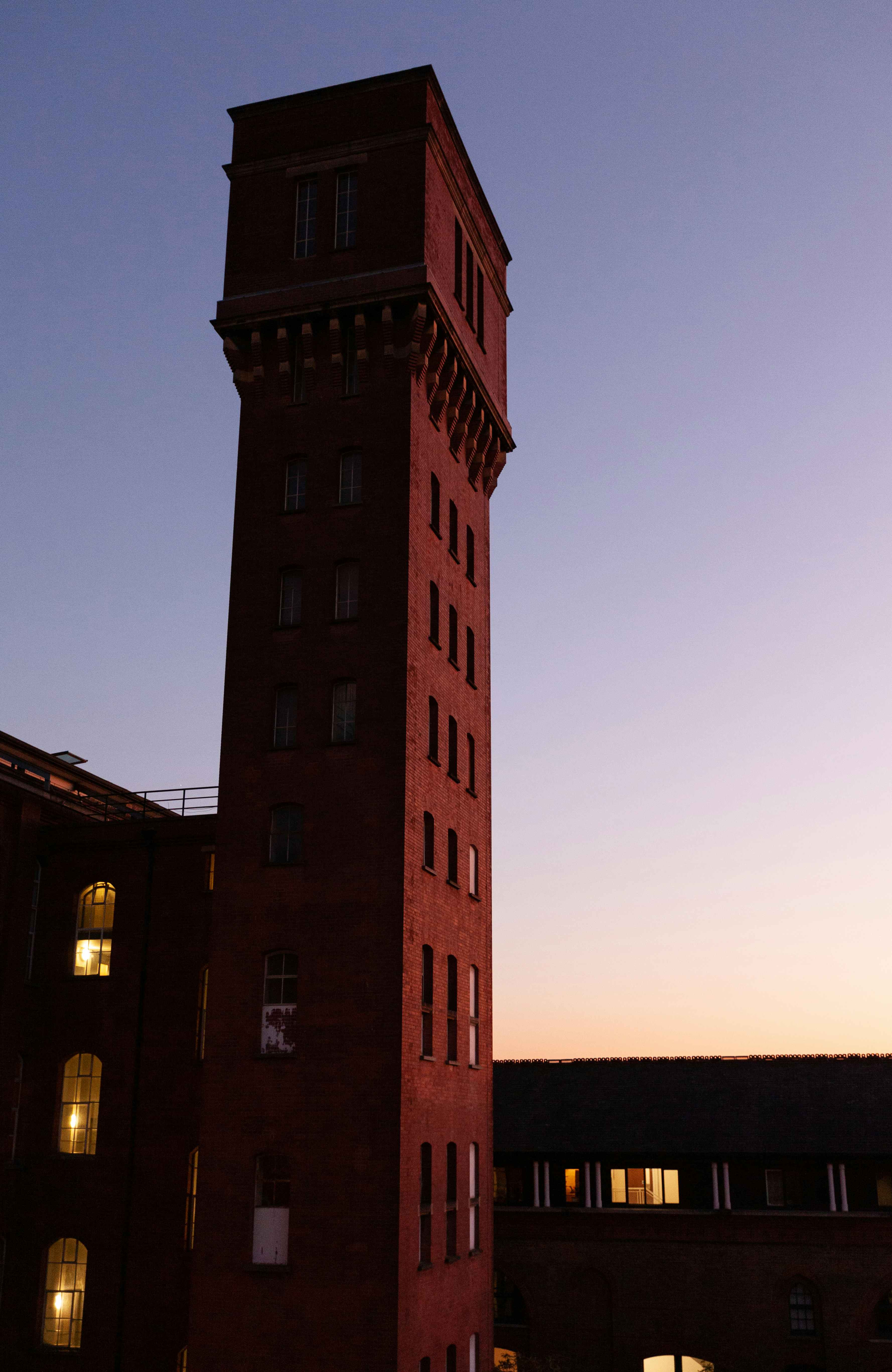

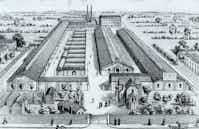
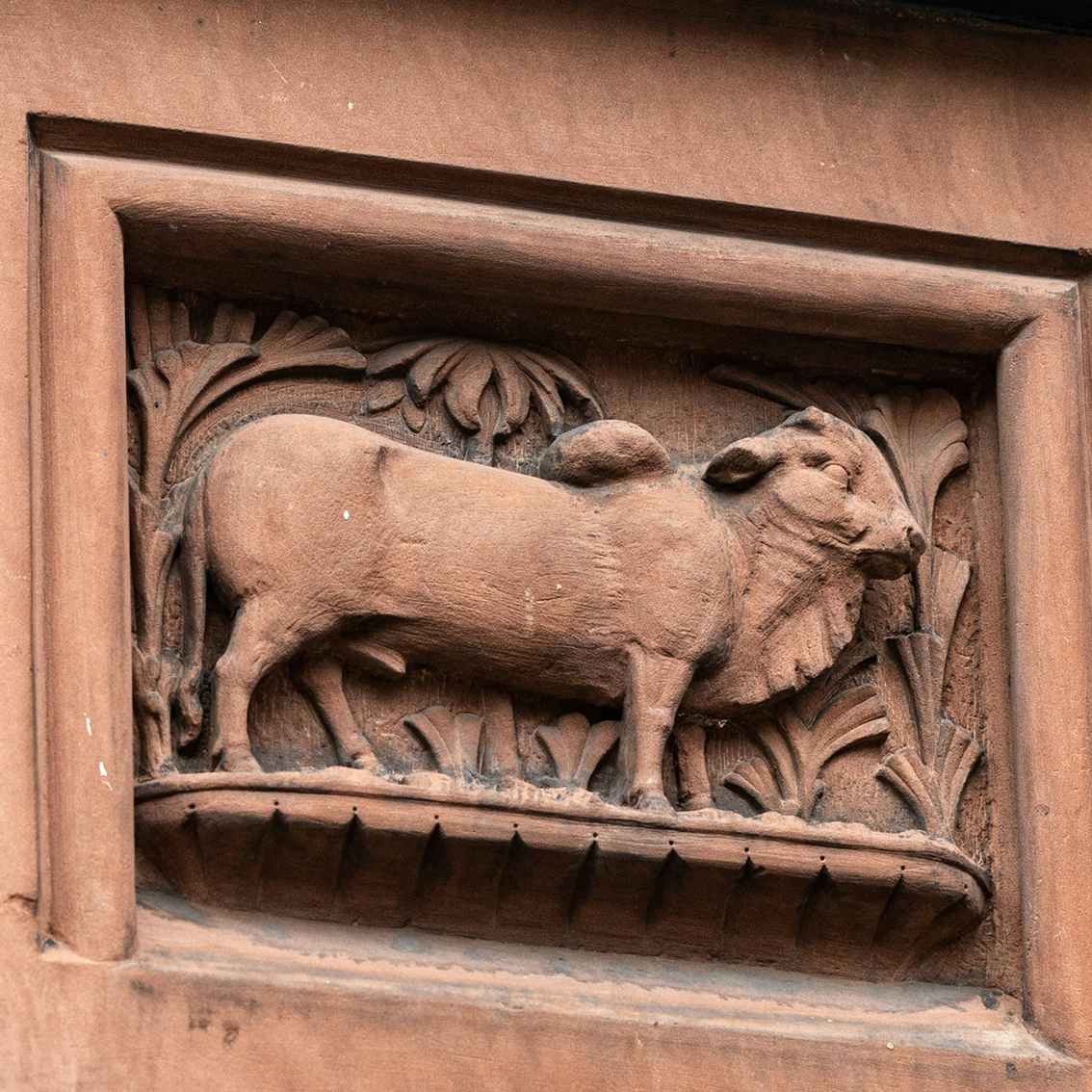
BRYANT & MAY The Fairfield match making factory in Bow, south east London, about 1865.
Pictorial Press Ltd / Alamy Stock Photo
The factory saw many famous historical events notably the Match Girls' Strike of 1888. The strike was caused by the poor working conditions in the match factory, including fourteen-hour workdays, poor pay, excessive fines and the severe health complications of working with white phosphorus, such as phossy jaw, but was sparked by the dismissal of one of the workers on or about 2 July 1888. Social activist Annie Besant, with her friend Herbert Burrows, became involved in the situation. On 23 June 1888, Besant published an article about the poor working conditions in her halfpenny weekly paper "The Link" This had angered the Bryant & May management who tried to get their workforce to sign a paper contradicting it, which they refused to do. This led to the dismissal of a worker (on some other pretext), and this set off the strike with approximately 1,400 women and girls refusing to work by the end of the first day. The management quickly offered to reinstate the sacked employee but the women then demanded other concessions, particularly in relation to the unfair fines which were deducted from their wages. A deputation of women went to management but was not satisfied by their response.


Engraving depicting Bryant & May's Fairfield match factory, Bow, London.
World History Archive / Alamy Stock Photo
By 6 July the whole factory had stopped work. That same day about 100 of the women went to see Annie Besant to ask for her assistance. It has often been said that she started or led the strike but this is not so. She knew nothing of it until the deputation called to see her and was at first rather dismayed by the precipitate action they had taken and by the number of women who were now out of work with no means of support. Meetings were held by the strikers and Besant spoke at some of them. Charles Bradlaugh MP spoke in parliament and a deputation of match women went there to meet three MPs on 11 July. There was much publicity. The London Trades Council became involved. At first, the management was firm, but factory owner, Bryant, was a leading Liberal and nervous of the publicity. Besant helped at meetings with the management and terms were formulated at a meeting on 16 July, in accordance with which it was stated that fines, deductions for cost of materials and other unfair deductions should be abolished and that in the future, grievances could be taken straight to the management without having to involve the foremen, who had prevented the management from knowing of previous complaints. Also, very importantly, meals were to be taken in a separate room, where the food would not be contaminated with phosphorus. These terms were accepted and the strike ended.

In 1891, the Salvation Army opened its own match factory in the Bow district of London, using less toxic red phosphorus and paying better wages. Part of the reason behind this was the desire to improve the conditions of home workers, including children, who dipped white phosphorus-based matches at home. Several children died from eating these matches. Bryant and May received bad publicity from these events and in 1901 they announced that their factory no longer used white phosphorus. Francis May and William Bryant, who were both Quakers, had started importing red phosphorus-based safety matches from John Edvard Lundström in Sweden in 1850. However, sales of Bryant and May's safety matches had increased 10-fold by 1855 and Lundström was unable to increase his production to keep pace. Bryant and May bought Lundström's British patent and, with his assistance, built a model safety match factory in Bow. It was known as Fairfield Works.
Some of the first welfare institutions in Britain for industrial workers began on this site. The factory finally closed in 1979, when it still employed 275 people. At its height more than 3,000 women and girls worked here.
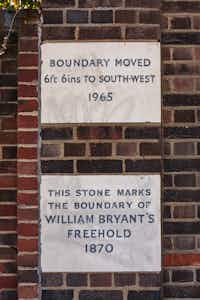
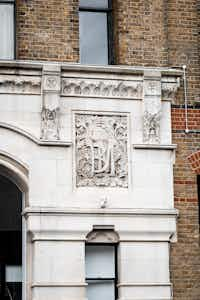

Once again, the site fell into disrepair until in 1988 developers embarked upon one of east London's first urban renewal projects.
The majority of the apartments today are housed in former factory and office buildings. Arlington for example was built as offices in 1874; Lexington and Manhattan date from the factory site redevelopment of 1911. The Victorian cottages near the entrance provided accommodation for the company directors and were built at the same time as Arlington, whilst Staten was built as extra office accommodation in the late 1950s. The neighbouring Park Estate, which is not a listed development but is in the conservation area, was added in 1995.
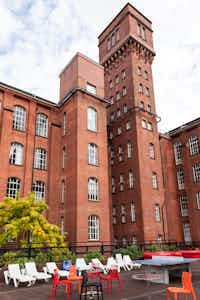
EXPLORE
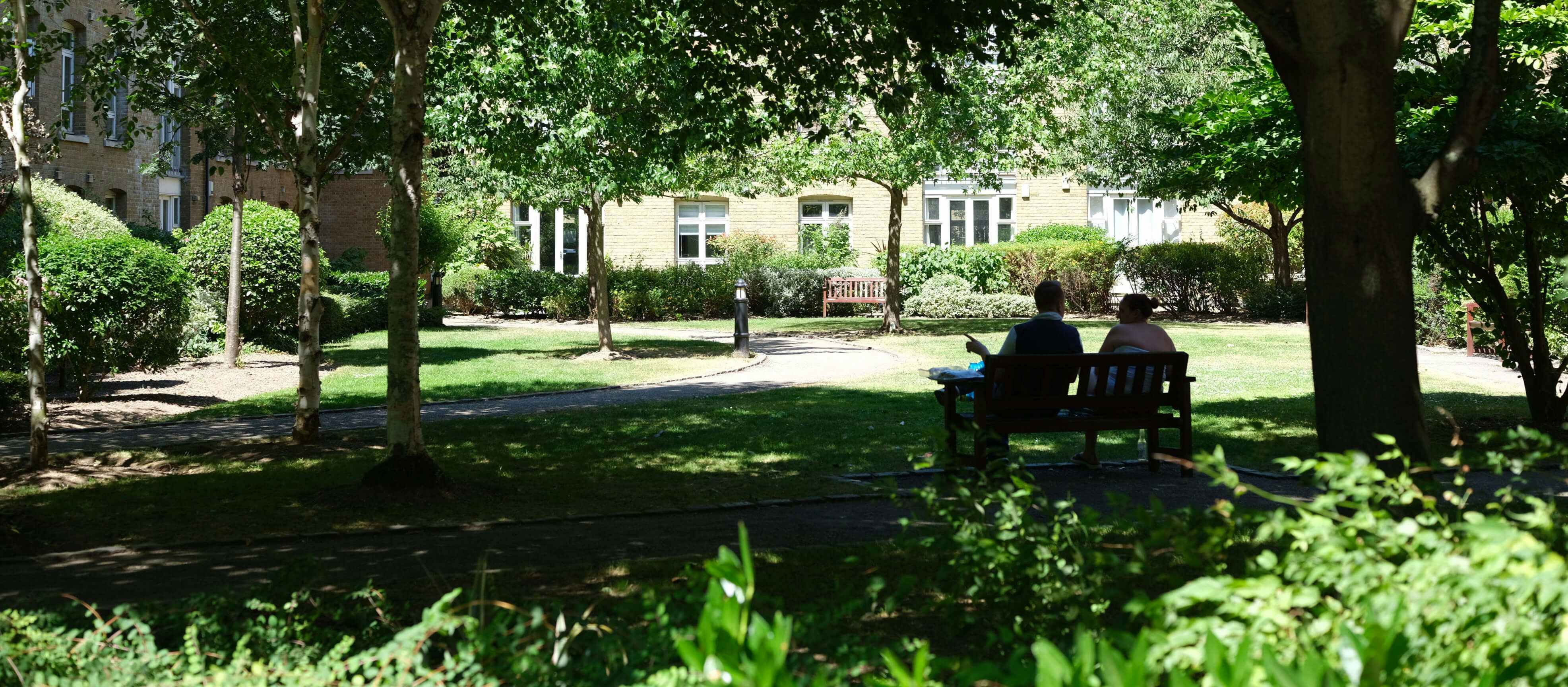
Community
Bow Quarter is a close community and residents have set up several thriving grass-roots clubs and Facebook groups.
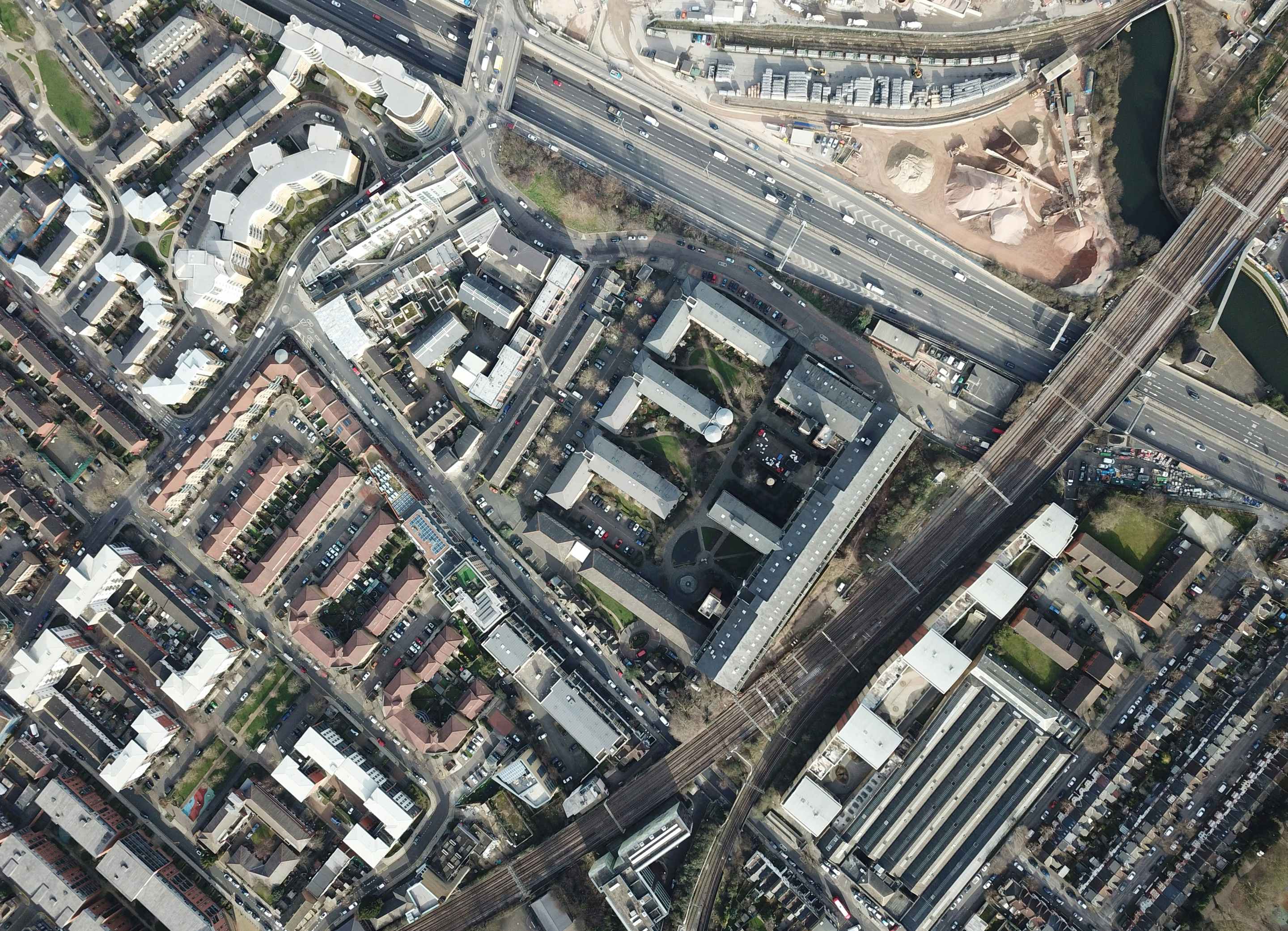
Estate map
The Bow Quarter comprises a mixture of historic and modern buildings and, because of its size, covers several post codes. This map will help you find your way around.
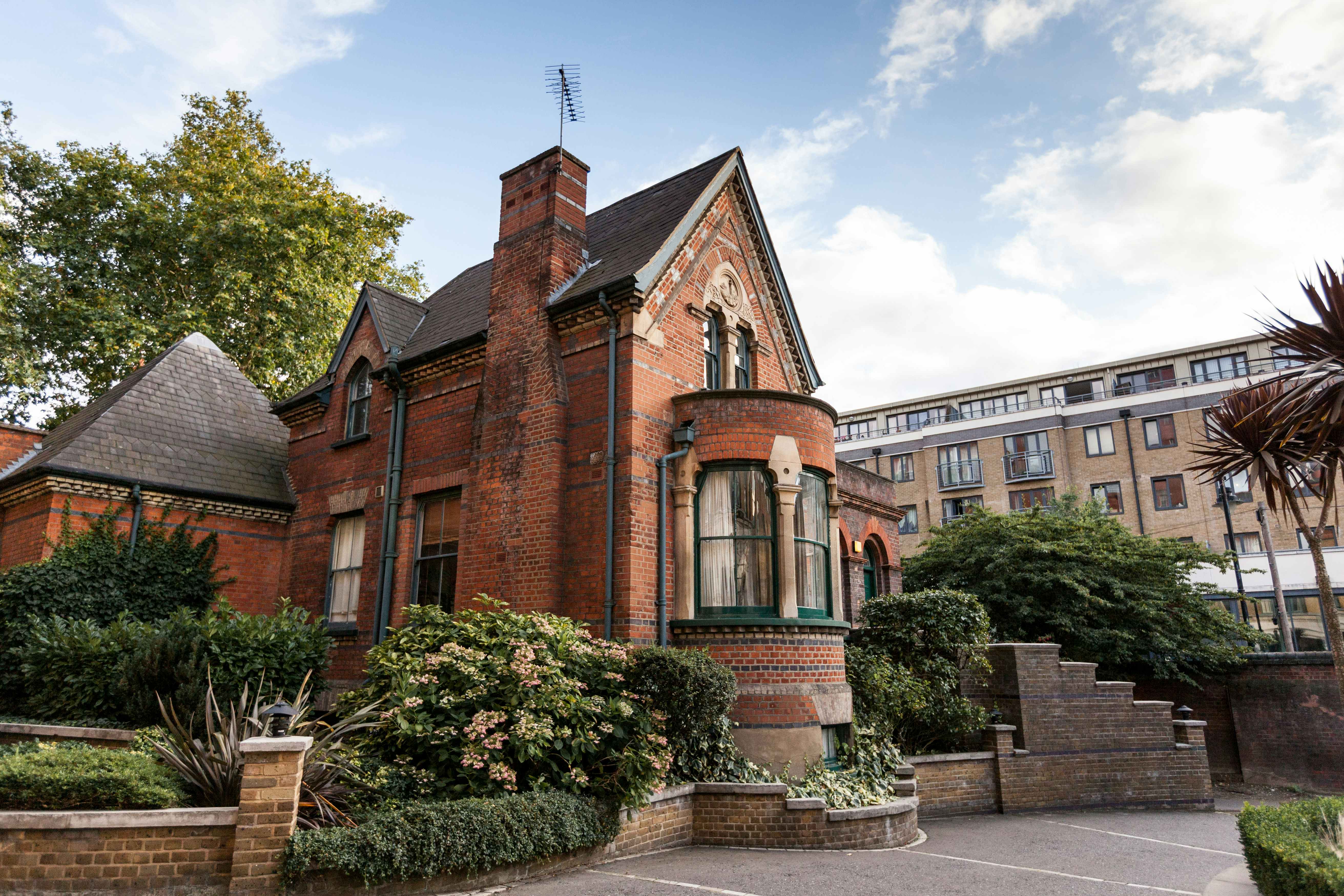
Living at Bow Quarter
The Bow Quarter offers a range of facilities and services in a very secure environment.
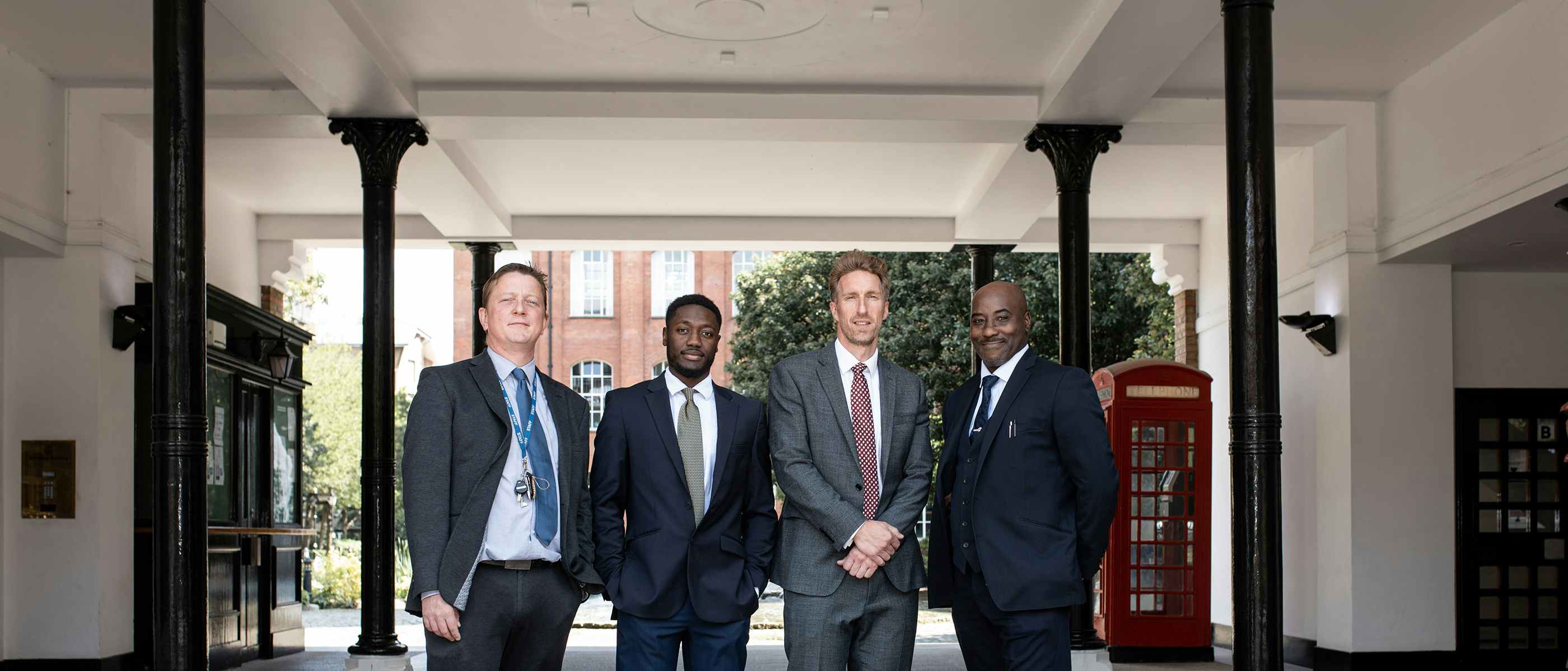
Concierge
Bow Quarter’s full-time concierge team is dedicated to keeping residents safe and providing them with essential services. They are available 24 hours a day and are here to help.
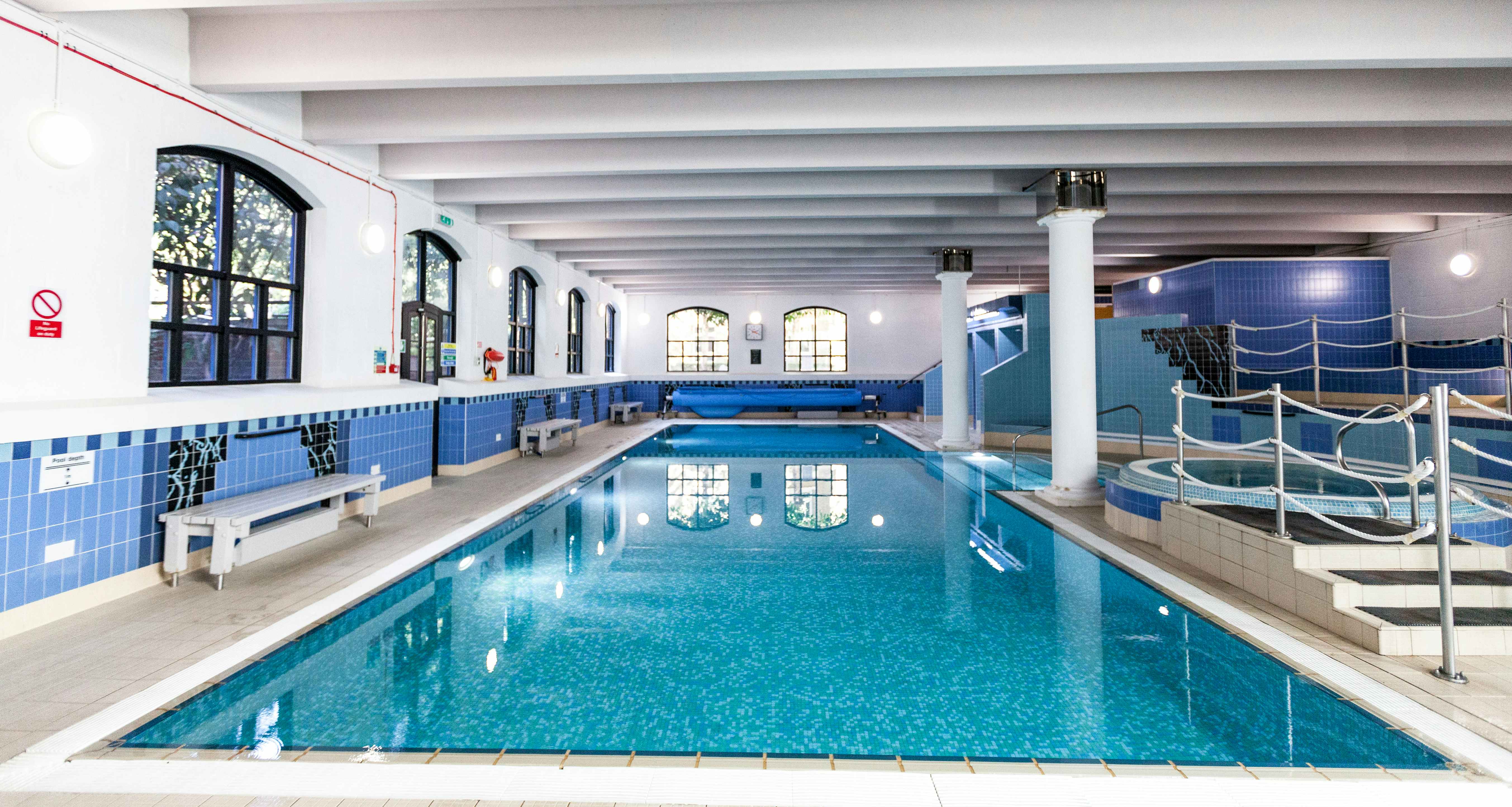
Facilities and Services
On-site facilities include a leisure centre, a food store, laundry services and secure parking – everything residents need to make life easier.
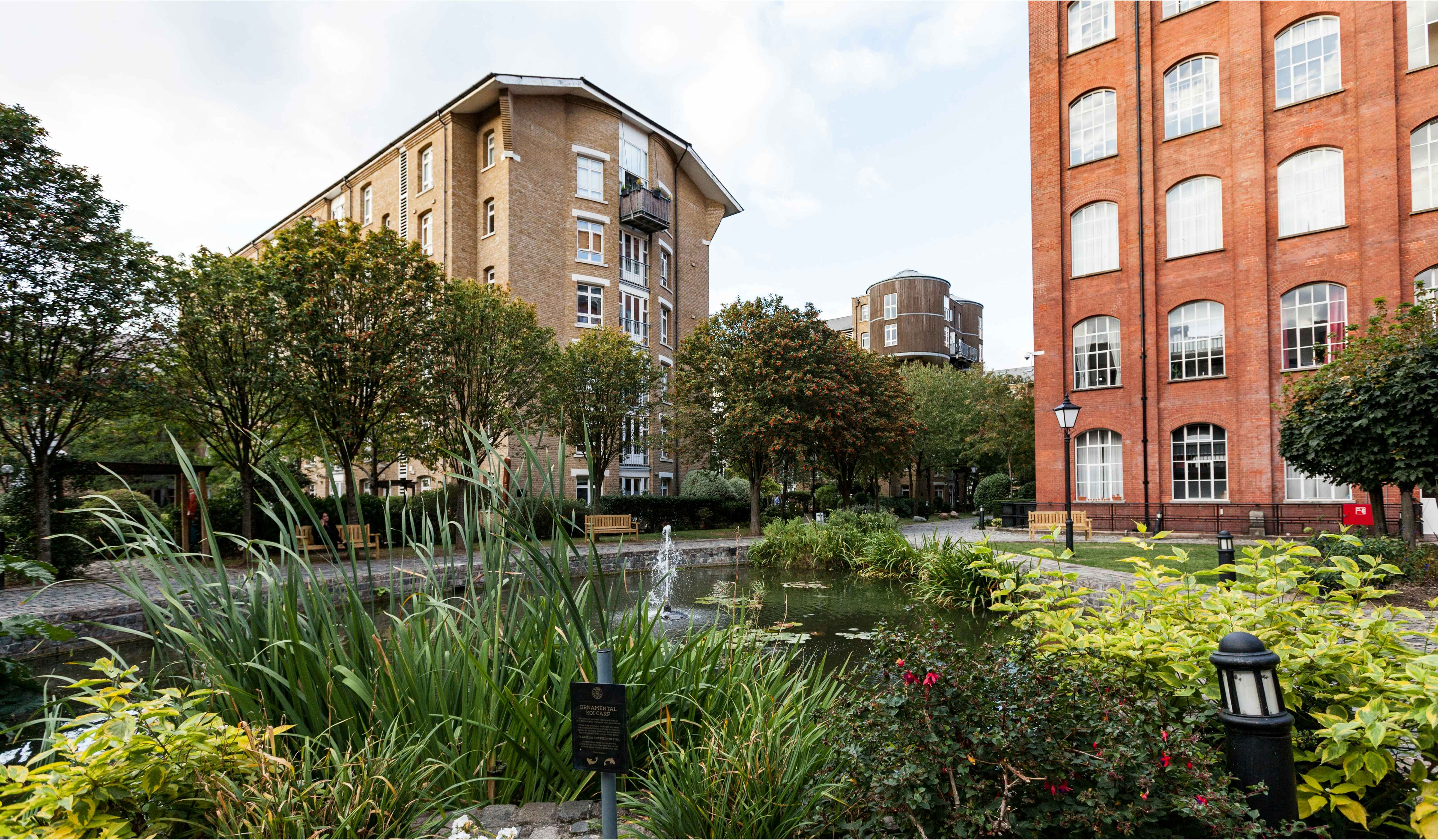
Gardens
The mature landscaped gardens at Bow Quarter provide an oasis of calm in an inner-city setting and are popular with all residents.